Chongqing- Bishan is a city named after jade, a title that fits a millennium of history and fine quality. The stunning landscape and thousand-year-old culture have been meticulously polished to shine like the gentle and elegant light of morning.

Pastoral scenery and hi-tech co-exist in harmony among the surroundings of Bishan.
Here, the technology exists in harmony with the city, which is home to the famous Sky Shuttle transportation line, the High-Tech Research Institute, and is the birthplace of smartwatches and blade batteries. Bishan has a refined quality that shows an enticing path to the future.
The culture of learning resonates with pastoral beauty: the legendary Scholar’s Bridge, the gorgeous Xiuhu Lake, and Fengxiang Lake Children’s Park. The unity between ecology and culture tells a profound story of timeless reading and extensive travel.
In Bishan, health and landscape go hand in hand. The city is a garden, the village forms part of the scenery, and people feature within the backdrop. The city is endowed with natural resources and a pristine ecological environment. The unique experience of health resorts abounds, where people feel immersed in nature and relax free of care.
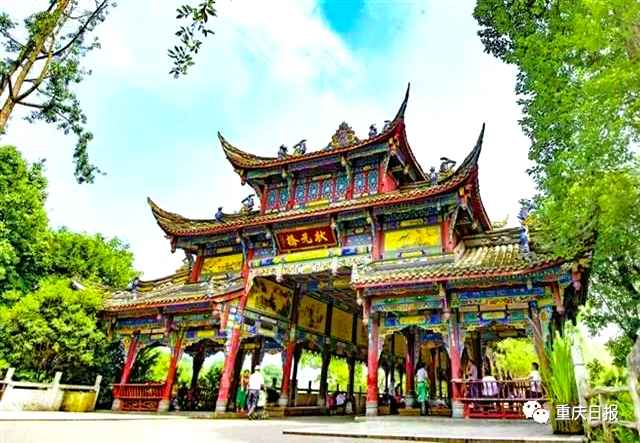
Zhuangyuan’ Scholars’ Bridge in the district of Bishan District, Chongqing.
Bishan is home to many national-level signboards and areas such as the National Ecological and Civilization Demonstration Zone, the National Health City, and open development platforms such as high-tech zones for agricultural science and technology parks, where the experimental tasks of urban-rural integration and development take place.
The world first ‘Yunba’ Sky Shuttle line connects Chongqing Rail Transit Line 1 and the Bishan High-Speed Rail Station, with a total length of 15.4 kilometers, and 15 stations nearby seven attractions such as Fengxiang Lake Children’s Park, Dongyue Sports Park, and Xiuhu Park. The shuttle line forms a unique urban green corridor that seamlessly merges science and technology with a city of pastoral charm.
Along the Yunba green corridor, you can enjoy a leisurely ride on the cycle lanes and explore the long pavilions, scenic rest areas, fitness zones, skateboard facilities, playgrounds for children, and attractive night lighting that enriches the experience further once night sets in.
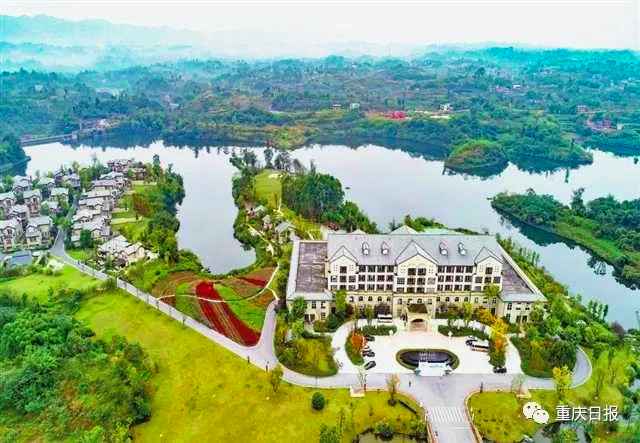
The Health City Resort by Sandan Lake in Bishan.
In the Digital Experience Park, the audio-visual and sand table display areas offer a variety of perceptual stimulation. There are unique experiences such as Secret World Discovery, and themed areas for elderly care, children’s activities, and VIP dining.
The interactive zone has the six distinct themes of a fairyland bamboo forest, the outstanding natural beauty and prodigies of Bishan, geomancy themed gallery, a 360-degree surround theater, a holographic theater, and a virtual reality experience for visitors to amazing their senses.
Delve into the release of technology and cutting-edge products. In the Bishan High-tech Zone, the latest in high tech products are born, such as artificial intelligence, big data, clean energy, supply chain, and 5G. You can witness the Konka 236-inch TV, the world’s highest-resolution 8K Micro LED display product.
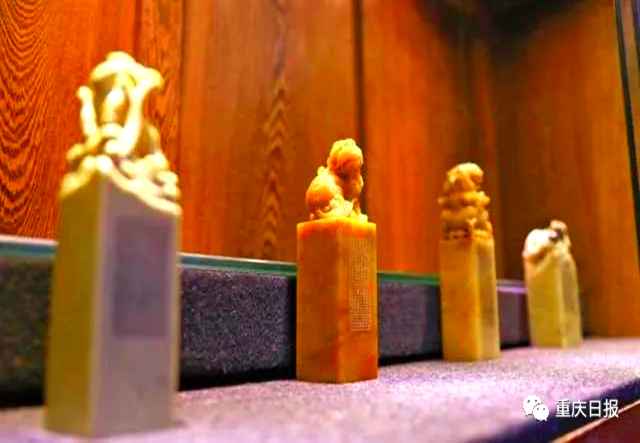
The intricate carving artwork of Bishan
Xiuhu Park was named after literary scholar Guo Moruo praised Bishan for its magnificent scenery of mountains and lakes. The park features the splendor of gardens, water, history, culture, architecture, and sculpture all in one.
Bishan Temple sits below the lush Phoenix Mountain. It has survived despite a multitude of calamities over the years. It is currently the best-preserved ancient temple complex in Chongqing, which has not only witnessed the history of Bishan but also embodies the local spirit of cultural refinement.
The Dayuanxiang Museum is in Xinshi Village, Jianlong Town, and derives its name from the Buddhist terms meaning kindness, tact, and benevolence. There are tens of thousands of cultural relics in the form of Ming-Qing Dynasty era wood and stone carvings, as well as red history collections. This folk museum built in ancient times has the most significant and richest collection in the southwest.

Traditional Bishan embroidery.
Admire the nostalgic beauty of Bayu Homestays. Wayaowan B&B holds the millennia-old Lishan Temple Han Torch Festival, a unique and highly entertaining village experience.
In Longjiahe Wetland Park, the Tianhe B&B offers a wealth of natural resources, where guests can pick agricultural produce all year round and enjoy the rural delicacies.
The Sanhewan Tea Plantation spans over 10,000 ‘mu’ in a beautiful village integrating a tea culture industrial park, leisure agriculture, health care, popular science, education, pick your own, and children’s recreation.
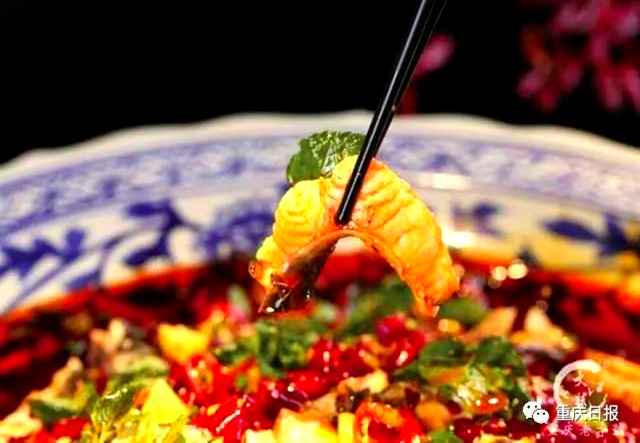
The famous Laifeng fish specialty of Bishan.
Daxing Vineyard has more than 100 years of history in grape cultivation and is well worth a visit to explore and pick grapes.
Amongst the lush environment of Tianci Huatang Forest Hot Spring, there are over 40 indoor and outdoor hot spring pools rich in silicon and fluorine, which have a good tonic effect on the human body.
Culturally specialties not to be missed
Bishan fine carvings use the materials of gold, silver, jade, precious stones, and even hairs for engraving, and feature poetry, famous paintings, and local special culture for themes. The artwork requires a high level of skill to produce and enjoys high appreciative value.
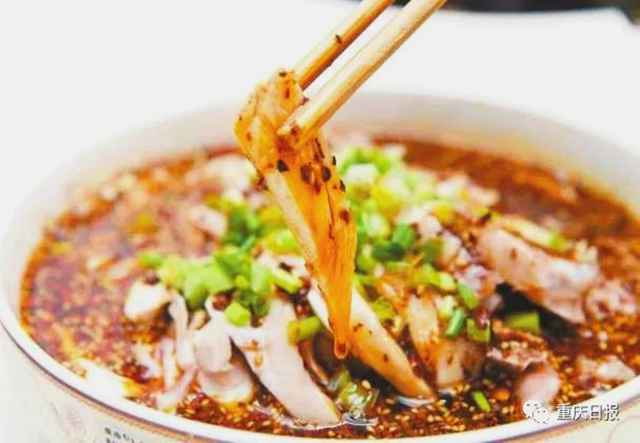
The famous dish of Bishan rabbit.
Zhengze embroidery was created by the famous artist and educator Mr. Lu Fengzi early last century, and the colors are bright, the stitching is flexible, the whimsy, and reflects the inner emotion of the artist. It has been praised as an example of famous Chinese embroidery.
The famous dish of Laifeng fish has a history dating over 300 years. The master chef combines the spicy, fresh, fragrant, and tender characteristics of traditional Sichuan cuisine. The famous calligrapher Yang Xuanting once praised the Laifeng fish of Bishan in his works.
Ding Family rabbit is a dish that originated in 1728 and has a history of more than 280 years. It has been modified to include more varieties named vanilla, wealth, jade, and chestnut rabbit. Among them, the vanilla rabbit was rated among the famous dishes of China.
